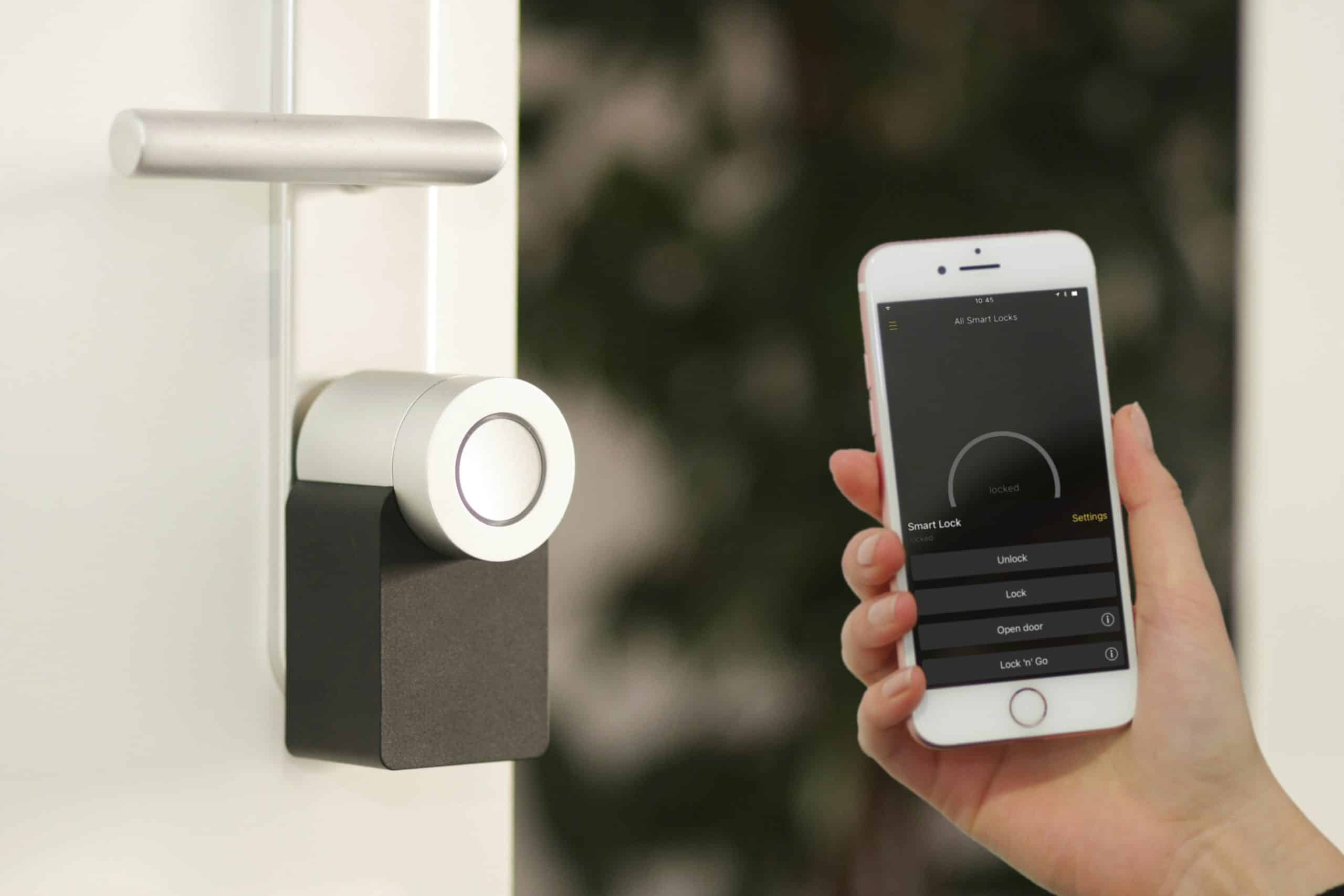What Are the Most Effective Home Automation Features for Assisting People with Mobility Challenges?

Welcome, dear readers. In today’s age of digital revolution, home automation, also known as "smart home technology," has become a commonplace feature in many residences. This technology is a significant aid for individuals with mobility challenges, making everyday tasks easier and enhancing quality of life. In this article, you will discover some of the most effective home automation features that assist and empower people with mobility challenges. Sit back, relax, and let’s delve into this enlightening piece.
Smart Voice Assistants
For many people with mobility issues, accomplishing simple tasks such as turning on lights or adjusting the thermostat can be a significant challenge. This is where smart voice assistants come in. These devices, such as Amazon Alexa or Google Home, use artificial intelligence to understand and respond to commands. With these devices, users can control various aspects of their home simply by speaking.
A découvrir également : How to Design an Inviting and Functional Outdoor Kitchen for Year-Round Entertaining?
Voice assistants allow users to control lighting, temperature, security systems, and even appliances. For example, asking Alexa to "turn on the living room lights" or telling Google Home to "set the thermostat to 72 degrees" eliminates the need for physical interaction with switches or dials. Smart voice assistants are a practical and user-friendly home automation feature that provides considerable assistance to individuals with mobility challenges.
Automated Door Locks and Windows
Physical security is important for everyone, but for people with mobility challenges, the simple act of locking doors or windows can be difficult. Automated door locks and windows can be controlled using a smartphone or voice command, eliminating the need to physically reach and operate these mechanisms.
Dans le meme genre : How Can You Design a Cozy Breakfast Nook That Optimizes Morning Light and Comfort?
Automated door locks can be programmed to lock and unlock at specific times, providing peace of mind and enhancing security. Automated windows can be scheduled to open or close based on weather conditions, keeping the home comfortable and energy-efficient. These systems can also be integrated with alarms and security cameras, providing a comprehensive security solution. The convenience and security provided by automated door locks and windows are invaluable for individuals with mobility challenges.
Home Security Cameras and Alarm Systems
In a world where safety and security are paramount, home security cameras and alarm systems are becoming an essential feature in every home. For people with mobility challenges, these systems provide an added layer of protection and peace of mind.
Home security cameras enable individuals to monitor their premises in real-time. These cameras can be accessed remotely via a smartphone or tablet, which means that even if an individual is in bed or a wheelchair, they can still keep an eye on their property. Modern security cameras also feature motion detection and night vision, ensuring comprehensive security coverage.
Alarm systems, on the other hand, can alert homeowners of intruders, fires, carbon monoxide, or other potential dangers. Many of these systems can also be set to automatically contact emergency services when triggered. With home security cameras and alarm systems, people with mobility challenges can feel safe and secure in their homes.
Smart Lighting
Lighting is a fundamental aspect of every home, but it can pose a challenge for individuals with mobility issues. Smart lighting eliminates these challenges by providing user-friendly and customizable lighting solutions.
With smart lighting, individuals can control lights using a smartphone or voice command. This means that they can adjust lighting without needing to physically reach for a switch. Smart lights can also be programmed to turn on or off at specific times or even adjust their brightness and color based on the time of day or mood of the user. This feature not only brings convenience but also contributes to energy efficiency and cost savings.
Home Automation Hubs
Home automation hubs serve as the central control point for all smart home devices. They allow individuals to manage and control their devices from a single location, which can be particularly beneficial for those with mobility challenges.
Automation hubs can control lighting, temperature, security systems, and even appliances. They can be programmed to perform specific tasks at certain times, such as turning on the lights at dusk or turning off the heating during the day. These hubs can also integrate with voice assistants for easy control. By providing a centralized interface for managing home automation features, these hubs offer unmatched convenience and efficiency.
In the era of digital revolution, home automation is not a luxury but a necessity for those with mobility challenges. It empowers them to live independently, safely, and comfortably. As technology continues to evolve, the potential for home automation to enhance the quality of life for individuals with mobility issues is boundless.
Smart Home Appliances
In the realm of home automation, smart appliances have revolutionized the way people with mobility challenges perform daily tasks. These devices, such as smart refrigerators, ovens, washing machines, and even vacuum cleaners, are designed with advanced features that make life easier and more convenient.
Smart refrigerators, for example, can keep track of grocery lists, suggest recipes based on the ingredients available, and even notify the user when to restock. This eliminates the need for frequent trips to the grocery store, which can be difficult for individuals with mobility issues. Furthermore, smart ovens can be controlled remotely, allowing users to preheat the oven or check on their cooking without having to physically move.
Smart washing machines and dryers can be programmed to start at a specific time, reducing the need for constant monitoring. Some models can even order detergent automatically when it’s running low. Even cleaning the home is made easier with smart vacuum cleaners, which can navigate around the home independently, cleaning floors without any manual intervention.
These appliances can be controlled with a smartphone or voice command, adding to their accessibility. Moreover, they can be integrated with home automation hubs, allowing users to control all their appliances from one central location. Smart home appliances not only simplify daily tasks for individuals with mobility challenges but also increase their independence and control over their home environment.
Assistive Robots
The rise of artificial intelligence has led to the development of assistive robots, which offer a new level of support for those with mobility challenges. These robots are designed to assist with a variety of tasks, from basic household chores to personal care tasks.
For instance, robots can help with tasks such as picking up items from the floor, fetching objects from another room, or even helping users get in and out of bed. Some models are equipped with advanced features like fall detection, which can alert emergency services if the user falls and needs help. Additionally, these robots can be programmed to remind users to take their medication or perform other important tasks.
Besides physical assistance, these robots also provide companionship. They can engage in conversation, play games, or even read books, providing social interaction and helping to combat feelings of loneliness. By combining physical assistance with social interaction, assistive robots offer a comprehensive solution to enhance the quality of life for individuals with mobility challenges.
Conclusion
The advent of smart home technology has brought about a transformation in the lives of individuals with mobility challenges. From smart voice assistants to assistive robots, these features are designed to provide comfort, convenience, and enhanced security – effectively overcoming many of the hurdles faced daily by those with mobility issues.
Smart home automation isn’t just about convenience, it’s about empowering individuals with mobility challenges, enabling them to live independently and comfortably in their homes. As technology continues to evolve and improve, the potential advantages of home automation for those with mobility challenges are boundless.
Moreover, the integration of these technologies not only facilitates daily tasks but also fosters a sense of control and self-reliance. With the continued advancement of technology, we look forward to seeing what the future holds for home automation and how it will further enhance the lives of individuals with mobility challenges. So, let’s continue to embrace these advancements and unlock the power of home automation.
